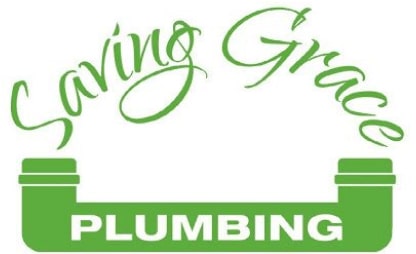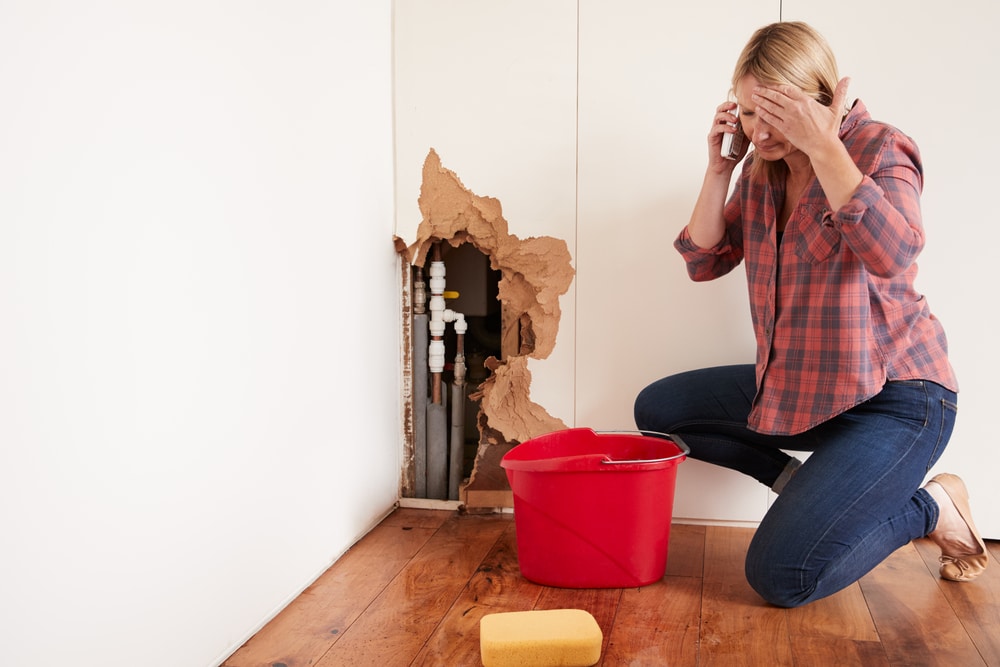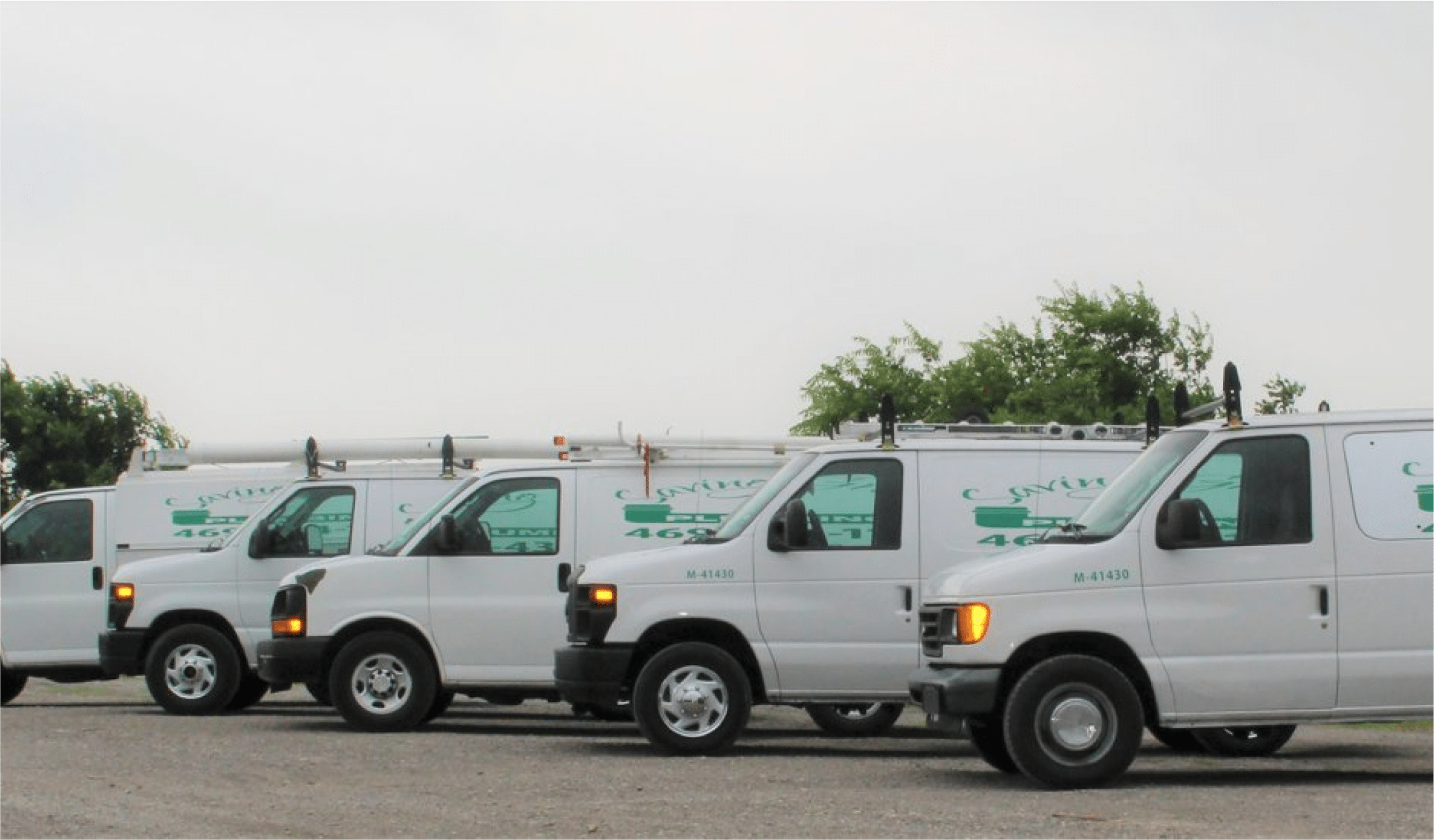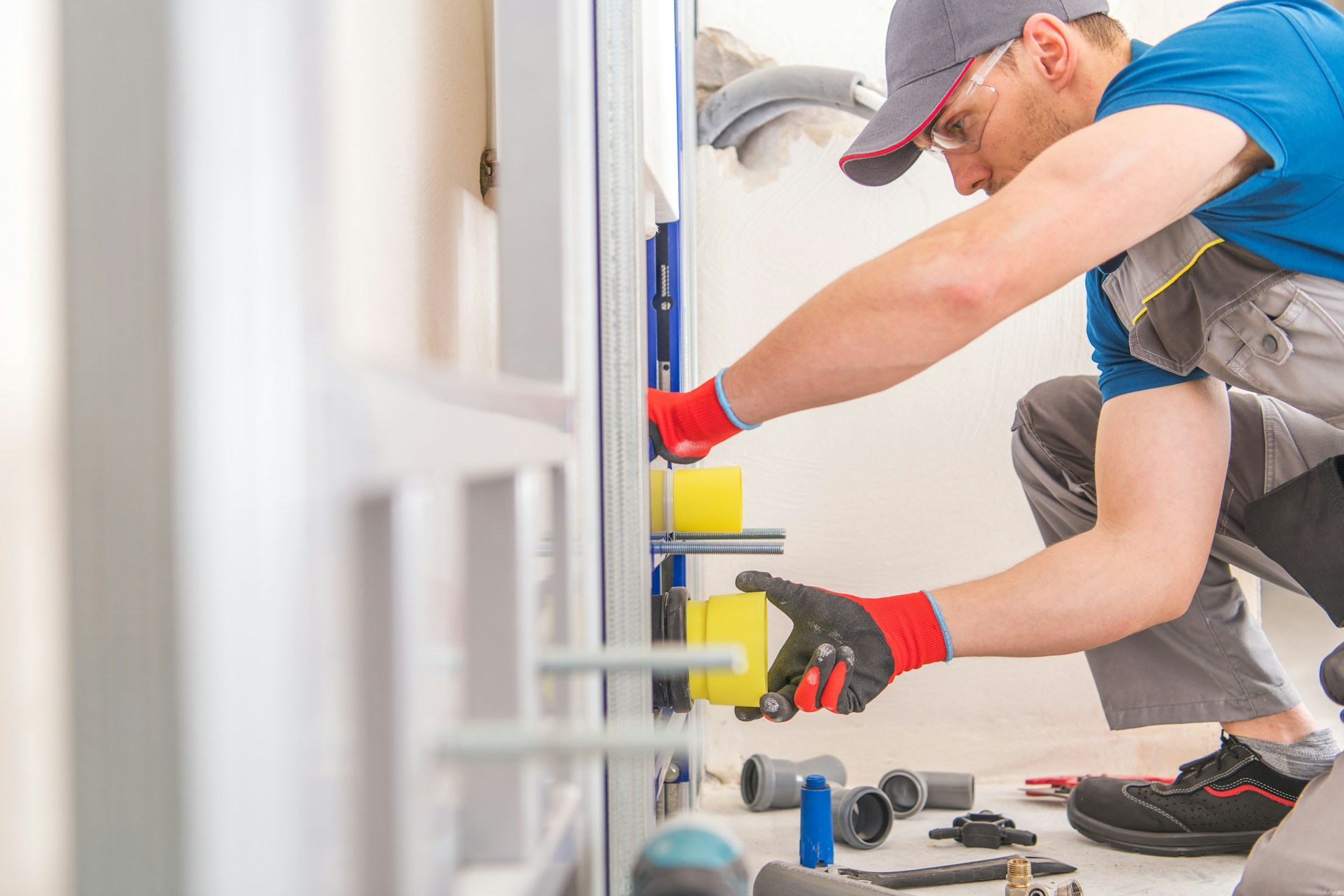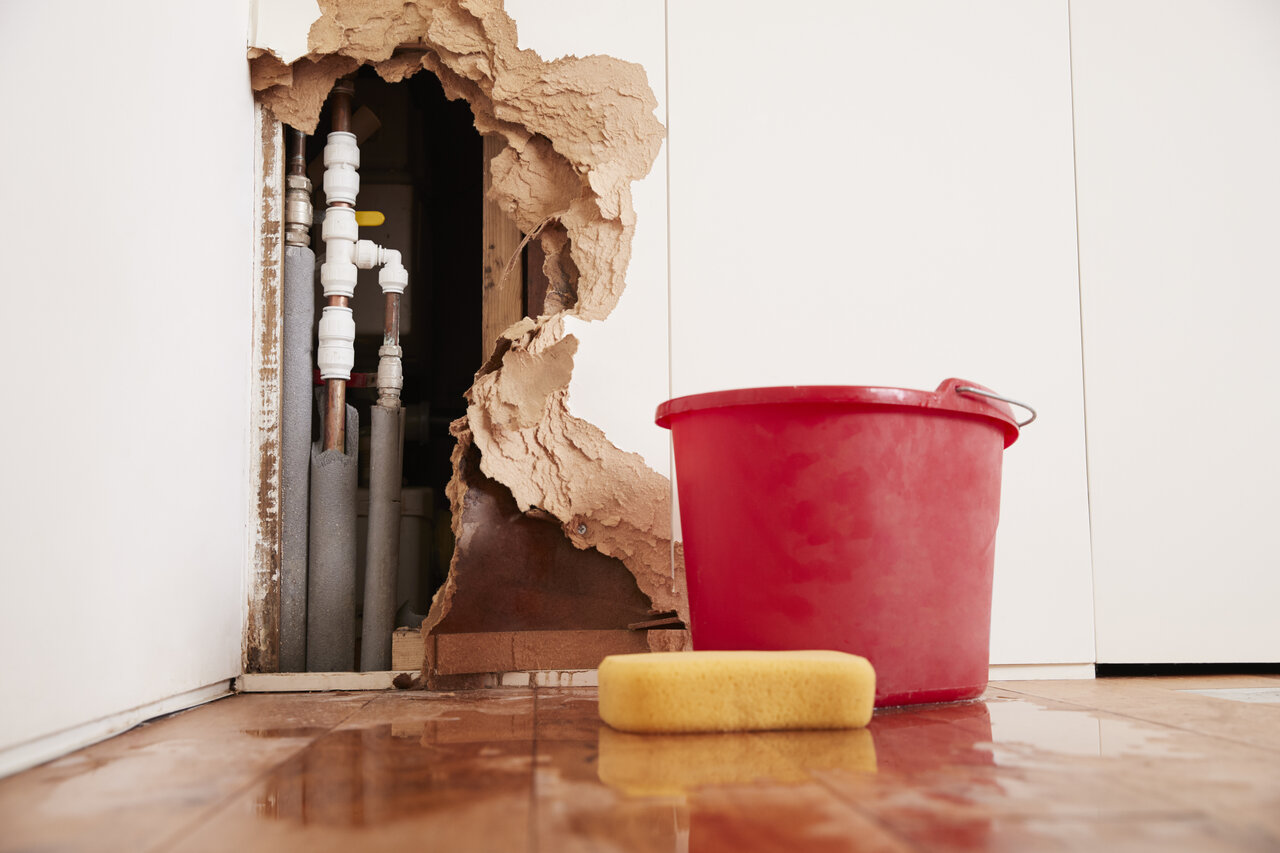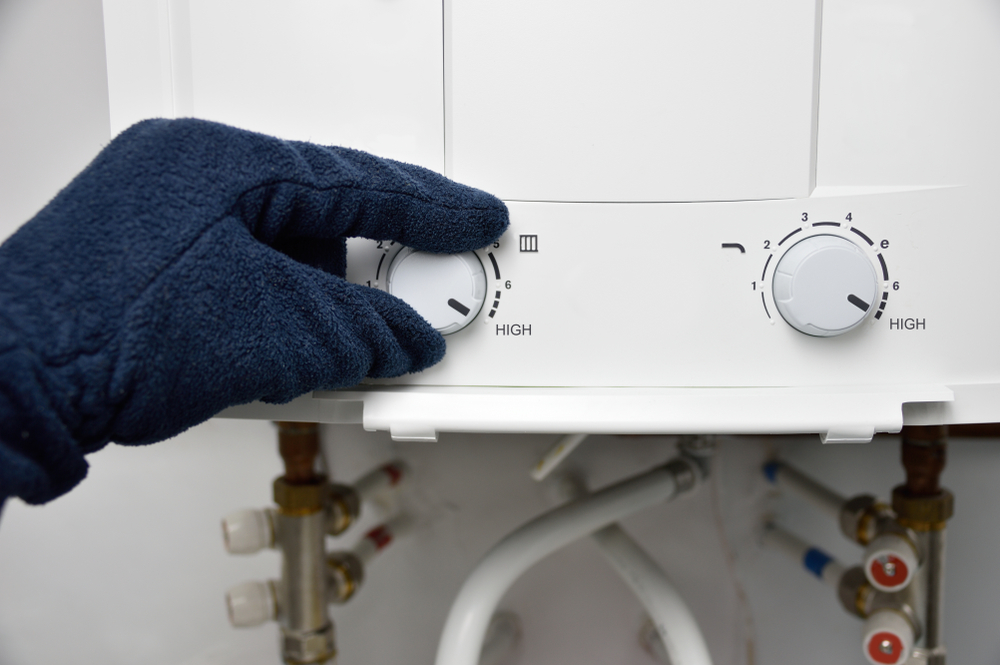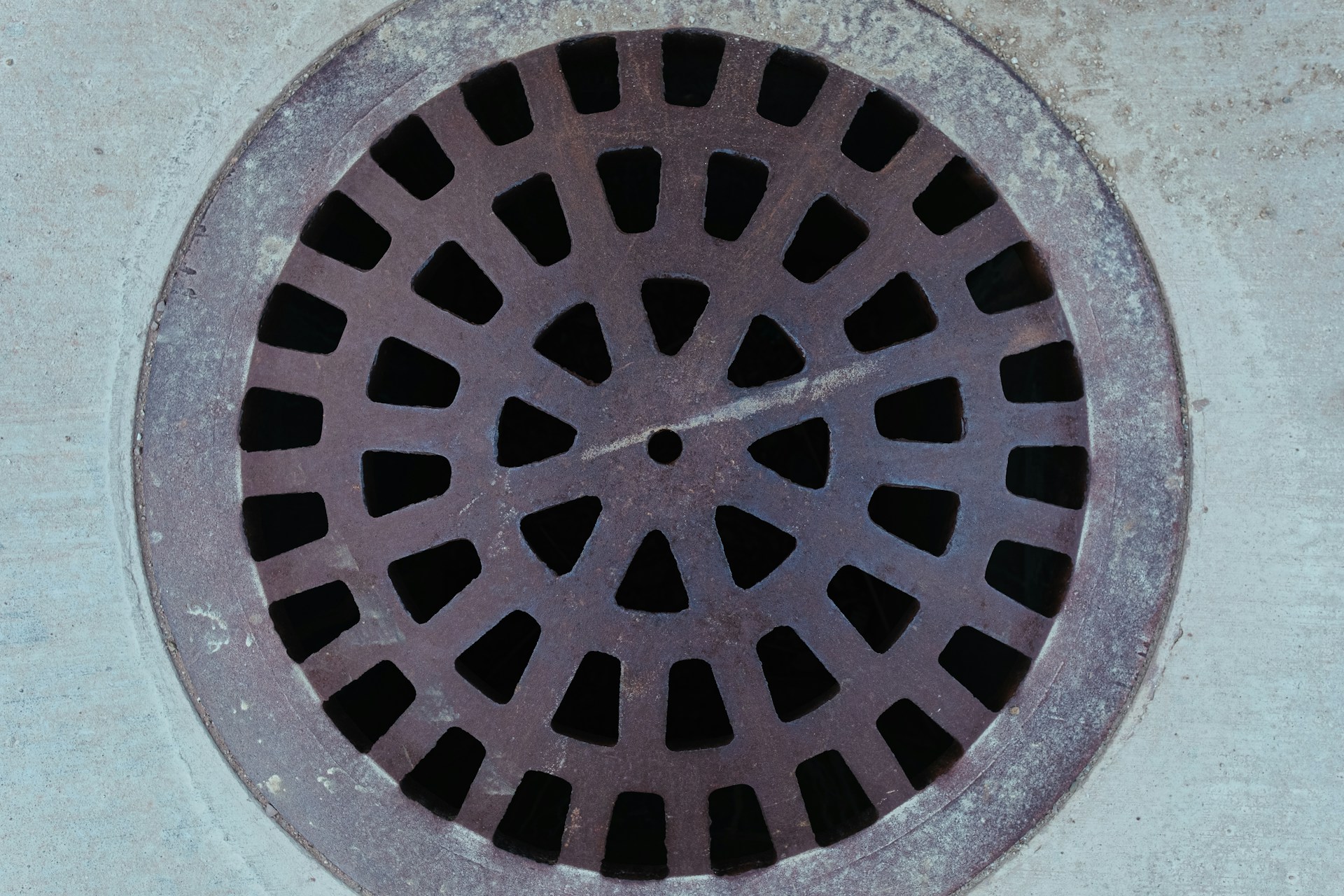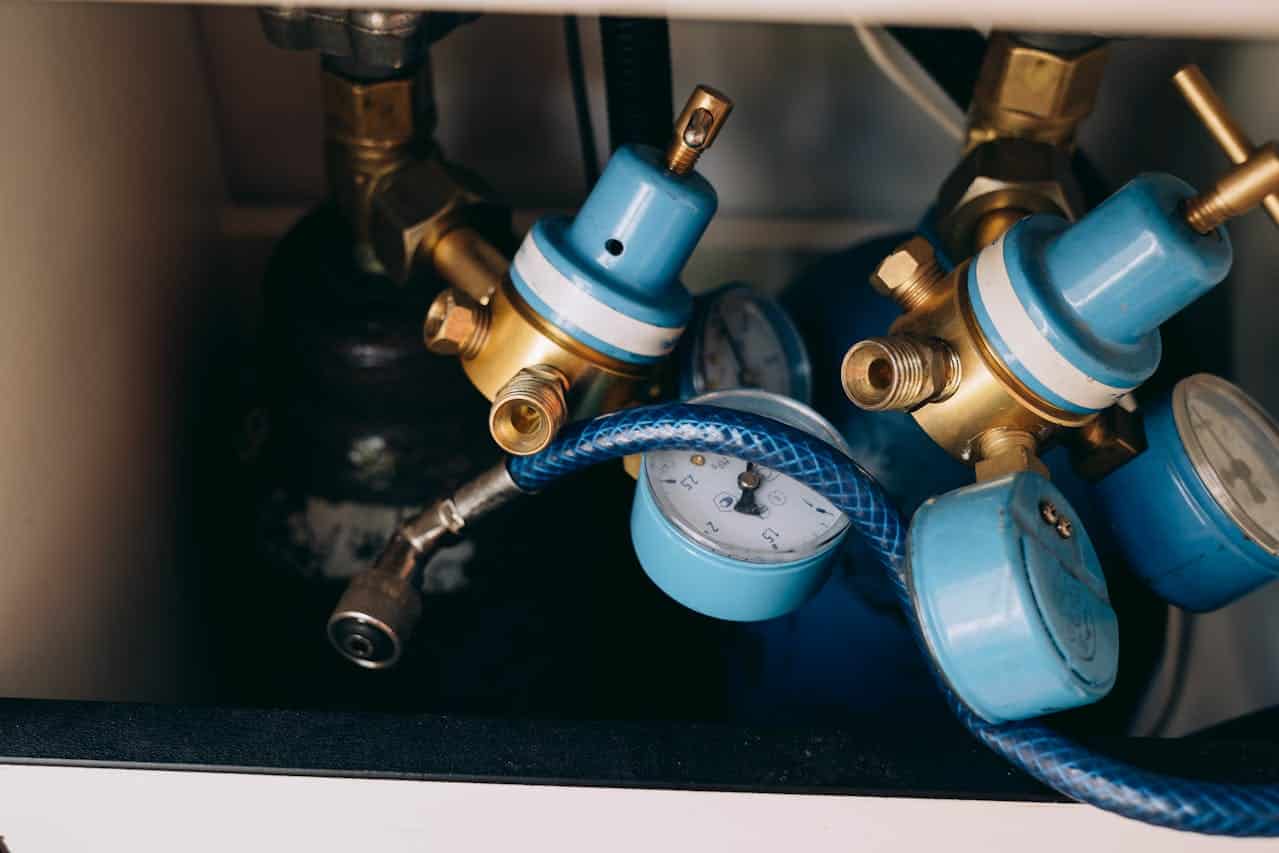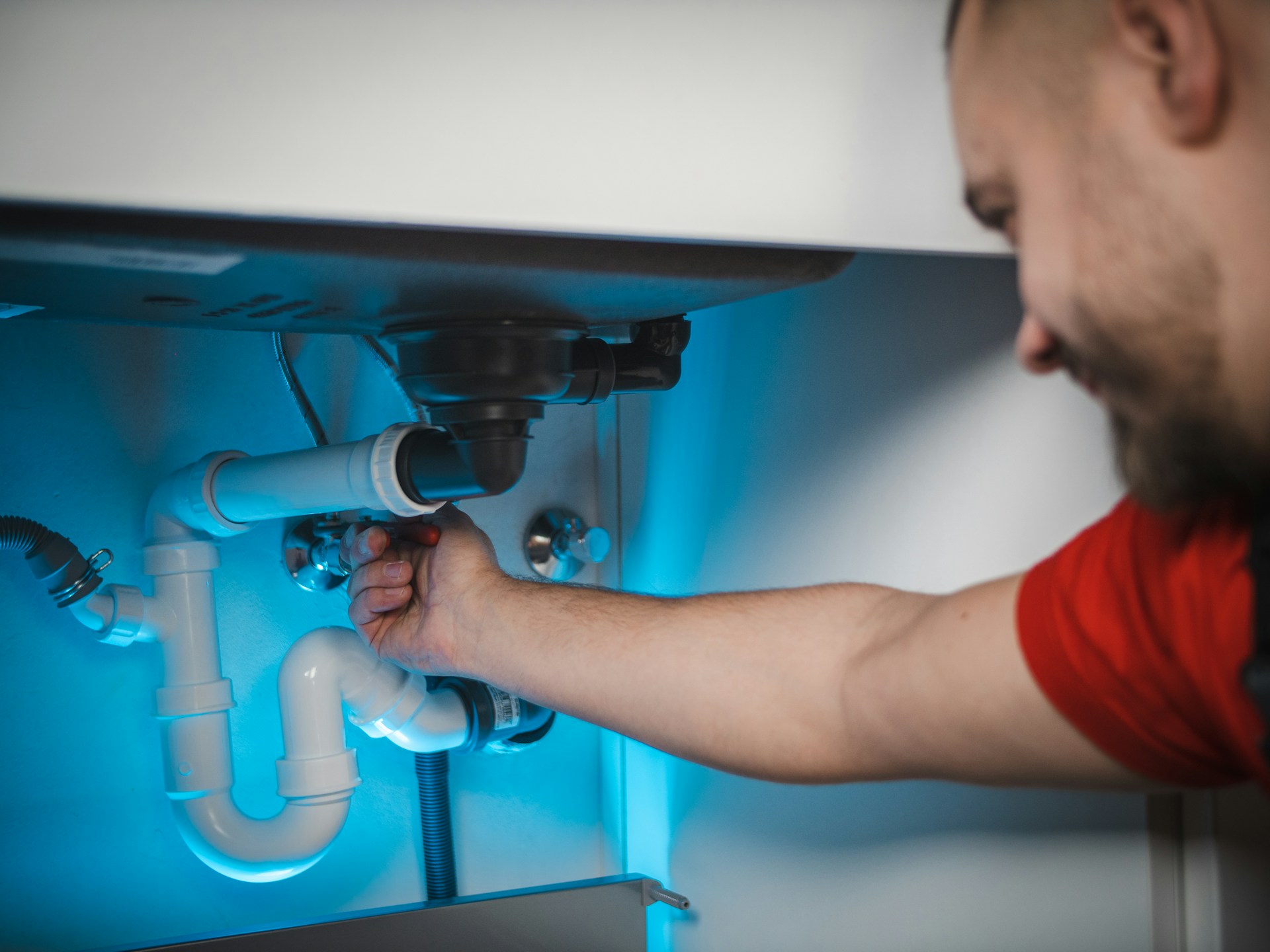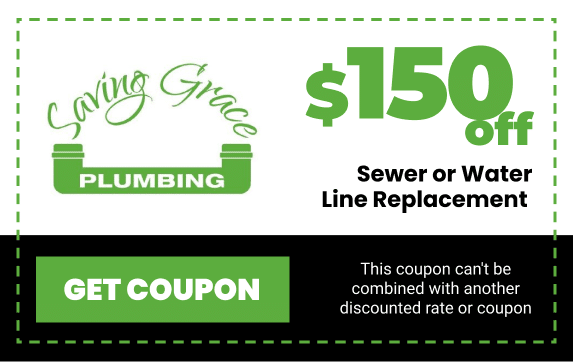In times of crisis, every second counts. When disaster strikes and you find yourself facing a plumbing emergency, it’s crucial to know exactly what steps to take to minimize damage and get the situation under control as quickly as possible. From burst pipes to overflowing toilets, emergency plumbing situations can wreak havoc on your home and cause significant stress. That’s why we’re here to provide you with essential information and expert advice on how to handle these unexpected events. In this guide, we’ll walk you through the necessary steps to take when faced with a plumbing emergency, including how to shut off the water supply, common DIY fixes to temporarily stop the problem, and when it’s time to call in a professional. Stay prepared and confident in the face of plumbing disasters with our comprehensive guide on what to do when disaster strikes.
Common Emergency Plumbing Situations
Plumbing emergencies can occur at any time, often catching homeowners off guard. Understanding the common emergency plumbing situations can help you be better prepared when disaster strikes.
One of the most common emergency plumbing situations is a burst pipe. Burst pipes can cause extensive water damage to your home and belongings, leading to costly repairs. Another common issue is a sewer backup or clog, which can result in foul odors and potential health hazards. Leaking or overflowing toilets are also emergencies that require immediate attention to prevent further damage. Lastly, a malfunctioning water heater can leave you without hot water, especially during the colder months, causing inconvenience and discomfort.
Dealing with these emergencies promptly is crucial to mitigate damage and prevent further complications. With the right knowledge and quick actions, you can minimize the impact of these plumbing disasters.
The Importance of Acting Quickly in Emergency Plumbing Situations
When it comes to emergency plumbing situations, every second counts. Acting swiftly can make all the difference in preventing extensive damage to your home and belongings. The longer a plumbing emergency is left unattended, the more severe the consequences can be.
For instance, a burst pipe can flood your home within minutes, damaging walls, floors, and electrical systems. The longer the water continues to flow, the more extensive the damage will be. Similarly, a sewer backup or clog can result in contaminated water spreading throughout your house, posing health risks to you and your family. Taking immediate action to shut off the water supply and address the issue can minimize the spread of water and avoid further damage.
In the case of a leaking or overflowing toilet, the water can seep into the flooring and cause structural damage. Additionally, if not addressed promptly, water heater malfunctions can lead to leaks or even explosions, jeopardizing the safety of your home.
By acting quickly and following the appropriate steps, you can prevent these emergencies from escalating and save yourself from unnecessary stress and expenses.
Steps to Take When a Plumbing Emergency Occurs
- Shutting off the main water supply: The first step in any plumbing emergency is to shut off the main water supply. Locate the main shut-off valve, usually found near the water meter or where the main water line enters your house. Turning off this valve will stop the flow of water and prevent further damage.
Once you’ve located the shut-off valve, turn it clockwise to close it. If the valve is difficult to turn or doesn’t fully shut off the water, contact your water provider for assistance. It’s essential to familiarize yourself with the location of the shut-off valve beforehand, so you’re prepared in case of an emergency.
- Dealing with a burst pipe: If you’re faced with a burst pipe, acting quickly is crucial to minimize water damage. After shutting off the main water supply, open all faucets to drain the remaining water in the pipes. This will relieve pressure and reduce the amount of water flowing from the burst pipe.
Next, locate the specific area where the pipe has burst. If accessible, use a pipe repair clamp or a rubber patch kit to temporarily seal the leak until a plumber can fix it permanently. Wrapping the affected area with rubber or using a hose clamp can provide a temporary fix until professional help arrives.
Remember, these temporary solutions are only meant to hold off the problem temporarily. It’s essential to contact a professional plumber as soon as possible to assess the situation and make the necessary repairs.
- Handling a sewer backup or clog: Dealing with a sewer backup or clog requires extra caution due to potential health hazards. If you notice signs of a sewer backup, such as foul odors or gurgling sounds coming from drains, it’s crucial to act quickly.
Start by turning off the main water supply to prevent further backup. Avoid using any plumbing fixtures until the issue is resolved to prevent sewage from spreading throughout your home. Contact a professional plumber who specializes in sewer line repairs to identify and remove the blockage safely.
It’s important not to attempt to unclog the sewer line yourself, as it can lead to further damage or exposure to harmful bacteria. A professional plumber will have the necessary equipment and expertise to handle the situation safely and effectively.
- Addressing a leaking or overflowing toilet: A leaking or overflowing toilet can quickly turn into a messy and potentially damaging situation. If you notice water leaking from the base of the toilet or the tank overflowing, take immediate action to prevent further damage.
Start by shutting off the water supply to the toilet. Locate the shut-off valve, usually located behind or near the toilet. Turn it clockwise to stop the flow of water. If the valve is difficult to turn or doesn’t stop the water, shut off the main water supply to your house.
Once the water is shut off, remove the lid from the toilet tank and check if the flapper valve is stuck or damaged. The flapper valve is responsible for controlling the flow of water from the tank to the bowl. If it is stuck, try gently jiggling it to release it. If it’s damaged, consider replacing it. If the issue persists or you’re unsure of the cause, it’s best to contact a professional plumber to assess the situation and provide the necessary repairs.
- Dealing with a water heater malfunction: A water heater malfunction can leave you without hot water, creating inconvenience and discomfort. If you notice any signs of a malfunction, such as no hot water, strange noises, or water leaks, take immediate action to prevent further damage and ensure your safety.
Start by shutting off the power supply to the water heater. Locate the circuit breaker dedicated to the water heater and switch it off. If your water heater is gas-powered, turn off the gas supply using the shut-off valve located near the unit.
Once the power and gas supplies are turned off, assess the issue. If you notice any water leaks, use a bucket or towels to catch the water and prevent it from spreading. Contact a professional plumber who specializes in water heater repairs to diagnose and fix the problem.
- Contacting emergency plumbing services: While some plumbing emergencies can be temporarily addressed using DIY fixes, it’s important to know when it’s time to call in a professional. If you’re unable to stop the problem temporarily or if the issue is beyond your knowledge and expertise, contact emergency plumbing services immediately.
Emergency plumbers are available 24/7 and specialize in handling urgent plumbing situations. They have the necessary skills, experience, and tools to address the issue quickly and effectively. When contacting emergency plumbing services, provide them with detailed information about the problem and follow any instructions they provide to ensure a prompt response.
Preventive Measures to Avoid Emergency Plumbing Situations
While it’s impossible to predict or prevent all plumbing emergencies, there are preventive measures you can take to minimize the risk of experiencing a disaster. By following these preventive steps, you can reduce the likelihood of facing a plumbing emergency:
- Regular maintenance: Schedule regular inspections and maintenance with a professional plumber to identify and address potential issues before they turn into emergencies. Regular maintenance can help detect hidden leaks, weak pipe connections, and other plumbing problems that may escalate if left unattended.
- Proper disposal: Avoid flushing anything other than toilet paper down the toilet. Items like wet wipes, feminine hygiene products, and paper towels can easily cause clogs and sewer backups. Dispose of these items properly in the trash.
- Insulate pipes: Insulate exposed pipes in colder areas of your home to prevent them from freezing and potentially bursting. Use pipe insulation sleeves or heat tape to protect the pipes during winter months.
- Monitor water pressure: Excessively high water pressure can put stress on your plumbing system, leading to bursts and leaks. Install a pressure regulator to maintain a safe water pressure level throughout your home.
- Know your plumbing system: Familiarize yourself with the layout of your plumbing system and the location of shut-off valves. This knowledge will come in handy during emergencies when quick action is required.
By adopting these preventive measures, you can significantly reduce the risk of plumbing emergencies and ensure the longevity of your plumbing system.
Conclusion
Plumbing emergencies can be stressful and overwhelming, but with the right knowledge and quick actions, you can minimize damage and prevent further complications. Remember to shut off the main water supply as soon as possible and follow the appropriate steps for each specific emergency. While temporary DIY fixes can be helpful, it’s important to contact a professional plumber for permanent repairs. By staying prepared and following preventive measures, you can avoid many plumbing emergencies altogether. Stay vigilant and confident in the face of plumbing disasters, knowing that you have the necessary tools and information to handle them effectively.
